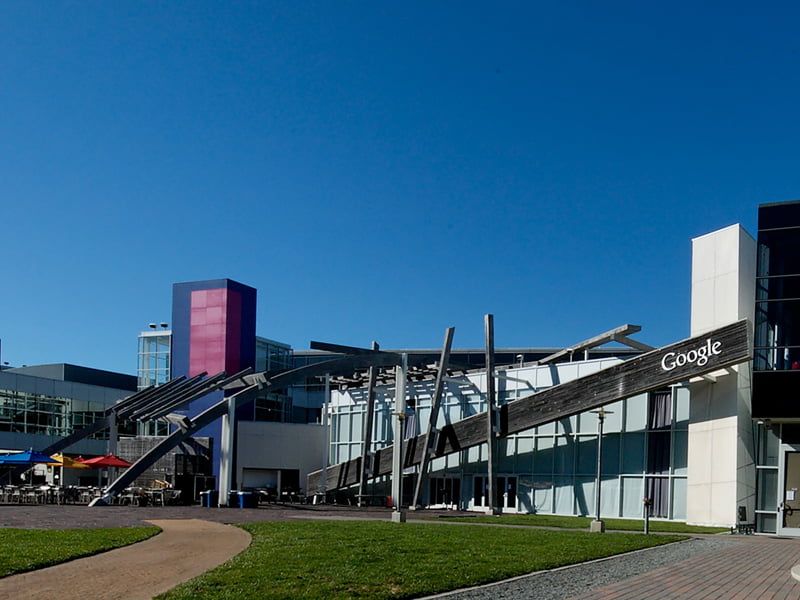A little while ago I had a social conversation with a corporate executive who advised his company had an innovation program but it didn’t seem to click. As he spoke about it, the story was a familiar one, of a program that was not much more than a glorified suggestion box.
So this week’s column offers some thoughts on a few key pre-conditions to make corporate innovation effective. These thoughts follow on from last week’s column which highlighted the importance of leaders giving authority to the innovation program.

All of us seek evidence of commitment, and the first point of evidence of the commitment to innovation is to establish a budget for change, and a clear and agile mechanism for accessing the budget, notwithstanding that the changes are not identified at the time the budget allocation is made.
Any innovation implementation that relies on funding through the normal, typically tedious, budget cycle will act as a drag on engagement.
As noted last week, the program anchor is a critical starting point and is itself evidence of commitment. In this case the evidence has two dimensions: the evidence that the leadership has given thought to the desired outcomes, and also that the program aligns with the core attributes, relationships and values of the organisation. If the corporate messages are unaligned, credibility is lost.
Identifying innovation opportunities is more than suggestions or brainstorming, though these are part of the process; more though, it requires a clash of ideas. This is the fundamental activity that occurs within hackathons.
And again, the leadership’s willingness to sponsor a crowdsourced funnelling of the ideas, and not a hierarchal funnel, both evidences commitment to the program and generates commitment to the change. Of course, there will be a need for executive review of the impact analysis, and there will be limits to the size of such delegations.
A critical step often overlooked is that of assessing the project team capability/profile required to undertake the project. This too often is best served by a crowdsourced clash of ideas.
This is an important step because it is part of an iterative process to develop the project impact statement. The capability analysis will look through beyond the “doing” of the project to the who/what/where/when/why dimensions of impact in order to understand the capability required for the change implementation.
For a complementary perspective to these comments, and especially for Government innovators, I encourage you to read about how Barcelona has turned its tendering process upside down.
In closing this week, and in welcoming the new Minister for Industry and Assistant Minister for Innovation, I note there is one strong parallel between these comments and Innovation Policy.
The success of Innovation Policy will not stand on delivering funding but on mobilising the capabilities of the market to work in the national interest. This is the market development that will then open the taps of private funding.
Paul Cheever is Chief Executive Officer and Director of the Australian Institute for Innovation. The AII is a not-for-profit organisation whose mission is to bring practical experience to inform Australian policy and program discussions on the innovation system and innovation investment.
Do you know more? Contact James Riley via Email.
